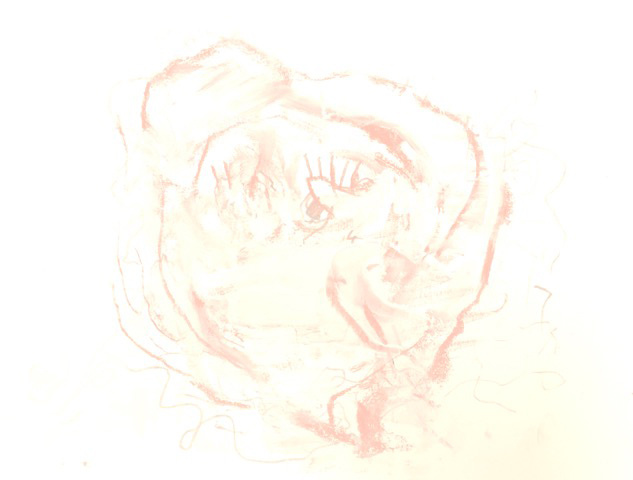- Event
- Lecture
medialounge at six
Dead Day Dog
Thu, July 04, 2019 6:00 pm CEST
- Location
- Media Lounge
This talk is part of »Dead Day Dog«, a transdisciplinary research project around the notion of trauma and the knot as a metaphor for trauma.
Beyond the desire to untie, the research concentrates on the aesthetics and the ethics of the knot and navigates through the entanglement of movement, poetry and debate created by performing, visual and multimedia artists working on trauma, »knotting« different perspectives together.
The research focuses on the aesthetics and ethics of knots. It navigates through the interweaving of movement, poetry and debate created by performing artists. The artistic work consists of »knotting together« the different perspectives.
Whether through historical or eventful trauma, a certain presence of trauma cannot be denied in our interconnected world. How does trauma influence us on a collective level? The polyvagal theory, introduced by Dr. Stephen Porges, describes how complex inner neural circuits enable us to recognize whether the outside world is safe, dangerous or life threatening (neuroception). Upcoming technologies and devices such as Bio Mapping ®, brain hacking gadgets and location intelligence make it increasingly possible to measure neuroception, collect and visualize data and, potentially, act upon the feeling of safety within public spaces. How do we reconnect and disconnect with one and another when we become aware of each others bodily states? What about the ethics and politics of such measuring tools within smart cities, where trauma is a present past?
Please note: The lecture will be held in English.
Credits:
Artistic Director: Mieke Weckesser / Choreography: Andrea Lagos / Performers: Irene Carreño, Rebecca Narum, Kilian Schweidler, Ewelina Kotwa, Agnes Schneidewind, Kai Brügge / Multimedia: Claudia Carolin Münch
